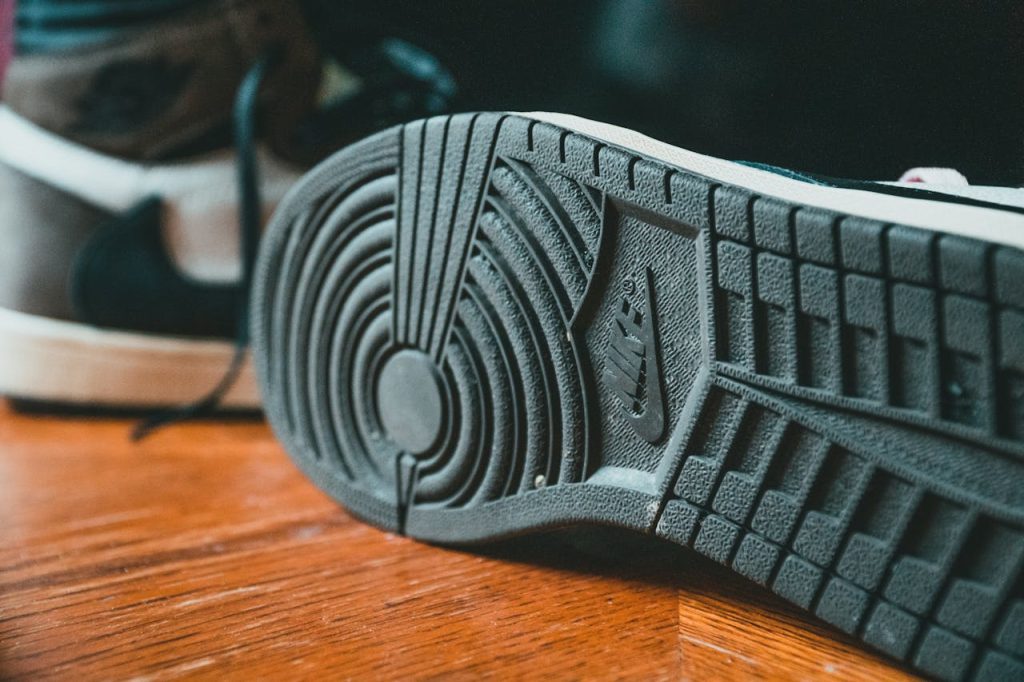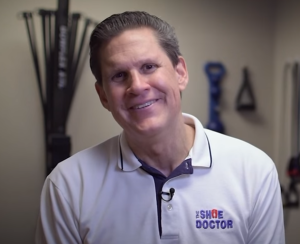Metatarsalgia is a condition that affects the ball of your foot. It can cause pain in the front, middle, or back of your foot. In most cases, metatarsalgia is caused by an overload of the muscles and tendons in the feet. This can be due to activities like running, dancing, or even just standing for long periods. If you are experiencing pain in your feet, it is important to seek medical attention. However, there are some things that you can do at home to help relieve the pain. In this article, we will discuss 5 quick tips about metatarsalgia.
Considerations about Metatarsalgia
If you are struggling with metatarsalgia, or have been diagnosed with the condition, there are a few things to keep in mind. Here are 5 quick tips about metatarsalgia:
Tip # 1. Rest your feet and Apply an ice pack to the aching spot.
Put your legs up at least once an hour and avoid activities that make the pain worse; rather than sports that require a lot of running or jumping, try low-impact activities like cycling or swimming. Apply an ice pack to the afflicted region for 20 minutes several times each day (a bag of frozen peas will also work); be sure you wrap it in a towel so it doesn’t harm your skin.
• Ease your aching feet with this easy-to-use product
• Get relief from pain in as little as 20 minutes
• Apply an ice pack for long-term pain relief
• Low-impact activities are perfect for those with aching feet
Tip # 2. Replace your shoes if they’re causing blisters or other problems.
Switch to flat shoes with plenty of room for your feet and a well-cushioned sole if you have issues walking in high heels. Replace any worn-out footwear as soon as possible, since it might make things worse ( learn more about choosing sports shoes and trainers).
• You don’t have to suffer from blisters or other foot problems
• Flat shoes are much more comfortable than high heels
• You can find plenty of stylish flat shoes these days
• Replace your old, worn-out shoes as soon as possible
Tip # 3. Covering your feet with insoles or shock-absorbing cushions is advised.
It’s important to protect your feet from injury when playing sports. If you’re wearing shoes, try putting some medical tape or a pair of slippers over your toes. These can be hidden in your sneakers to help cushion your feet and are available at pharmacies and sports stores as well as being readily purchased online.
• Protect your feet from injury and pain while playing sports
• Available in a variety of forms and sizes to fit any foot
• Easy to purchase and use, perfect for athletes on the go
• Helps avoid common sports injuries, such as ankle sprains
Tip # 4. Maintaining a healthy weight.
One of the best things you can do to prevent metatarsalgia is to maintain a healthy weight. Excess weight puts added pressure on your feet, which can lead to pain and inflammation in the metatarsal area. If you’re carrying around extra weight, lose it gradually through a combination of diet and exercise. You’ll not only reduce your risk of metatarsalgia, but you’ll also feel better overall.
• Reduce your risk of metatarsalgia by maintaining a healthy weight
• Lose weight gradually through diet and exercise
• Feel better overall when you reduce your weight
• Get tips and advice on how to maintain a healthy weight
Tip # 5. Take over-the-counter pain medication, to help relieve pain and swelling if necessary.
Over-the-counter pain medications can offer some relief from metatarsal pain. Be sure to consult with your doctor before taking any medication, as they can help you determine which option is best for you. If home remedies and over-the-counter medications don’t provide relief, there are some more aggressive treatments available. Your doctor can discuss these options with you and help you find the best course of action for your case.
• Relieve pain and swelling
• Take before bed for optimal rest
• Non-habit forming
• Safe for daily use
Additional tips:
- Dips, pushups, and pull-ups are examples of bodyweight exercises that may be used to increase strength and overall health while reducing weight.
- To prevent high-impact sports and activities that put pressure on the feet, avoid such activities.
- When you can safely return to normal exercise, do so. Follow a doctor’s instructions on which sports are safe and appropriate to resume.
Key points:
Metatarsalgia is usually easily treated at home with over-the-counter medication and some simple self-care measures. If pain persists for more than six weeks, it’s important to see your doctor as there may be another underlying cause.
Remember, The 3 Arches of Your Feet Still Need Support!
Maybe you have already felt the first symptoms of balance disorders or you want to prevent them from appearing in the first place. Consider getting a foot orthotic device or simply take care of your feet. Start by washing them thoroughly with a gentle soap whenever you take a shower. Being a very complex support system, your feet are your first line of defense against balance-related issues, since their arches provide you with the stability you need in your daily life. It’s time to put your foot down and push back against balance issues. With both feet on the ground, dedicate yourself to keeping them comfortable and healthy. Give us a call and we will scan your feet to make you custom orthotic inserts.
The Shoe Doctor has specialized in providing custom orthotics for 20 years. The right orthotic insoles can greatly reduce foot, knee, and hip pain while increasing performance and comfort. Russell at The Shoe Doctor will help educate and assist you in finding the perfect solution for your particular situation. We will create a 3D map of your feet and make custom orthotics for your hiking boots, everyday shoes, and everything else in between. These orthotics, along with our expert advice, will get you using orthotics like a pro, and have you performing at the peak of your abilities in no time! If you are in the San Francisco Bay Area, give The Shoe Doctor a call to get the best custom orthotics in the area! We are here to assist you, schedule your free consultation here!


